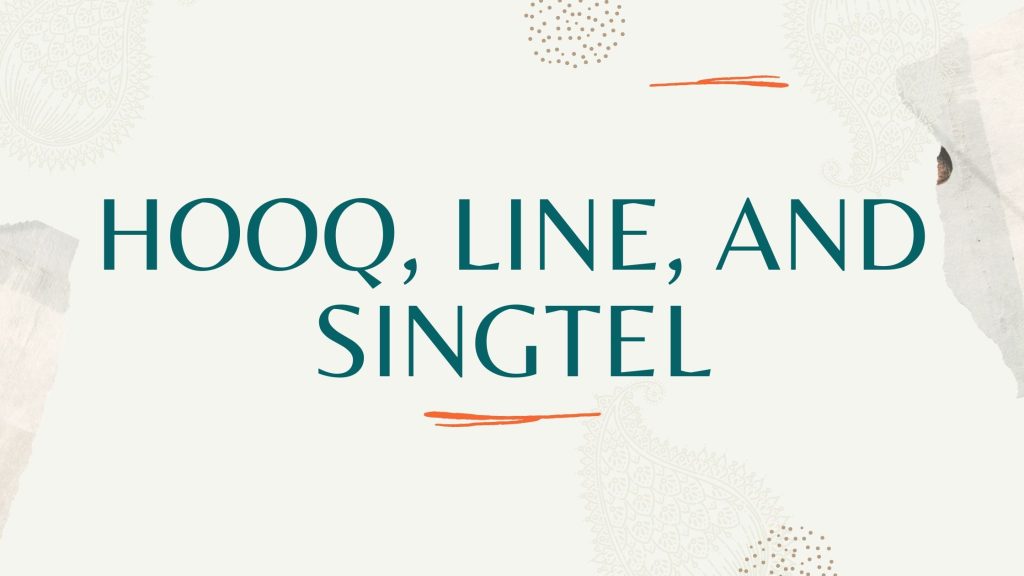In the early days, Singtel’s reliance on doing business its way was a source of frustration for the HOOQ management team. One of the selling points of Singtel’s role in the company was its network of mobile operator businesses across Asia: Airtel, India’s largest telco based on subscribers then; Thailand’s top operator AIS; Globe in the Philippines; and Telkomsel in Indonesia.
On paper, these relationships could unlock an audience of 300 million consumers for HOOQ whilst giving the operators themselves a content business to work with.
But it didn’t work in practice
With streaming seen as a significant revenue driver for telcos, working with HOOQ didn’t appeal to many. Instead, Airtel, AIS, and Telkomsel launched streaming platforms that competed with HOOQ, leaving HOOQ a mere content partner. The affiliate partners also ran to the platform’s challengers. Telkomsel, for example, tied up with rival streamer Viu.
“With the exception of Globe [where HOOQ CEO Peter Bithos had been CEO] none of the other telcos had any motivation to work with HOOQ. Singtel is a minority investor in them, and many had their own ambitions,” a media analyst said. They requested anonymity because they did not want to upset companies.
Affiliate partners just had their cake. But Singtel ate it too.
Hooq, line, and Singtel

In January 2016, the Singaporean operator tied up with Netflix in an “exclusive promotion” that gave nine months of free access and made the service available through Singtel TV set-top boxes.
“When even Singtel started doing things like the deal with Netflix—whilst restricting us from chasing other non-Singtel carriers—we were doomed,” a former employee recalls.
That issue turned off Warner Brothers and Sony, who had been sold on the idea of tapping Singtel’s network for reach, another of the aforementioned former employees told us. Sony declined to respond to a list of questions for this story. Warner Brothers did not respond to a request for comment.
Their concern lurked from the get-go. Even before it launched, Singtel opted for off-the-shelf tech platforms such as content delivery platform Quickplay, which went on to be acquired by US operator AT&T in May 2016. But the technology struggled in an emerging market like Southeast Asia.
“Quickplay’s servers were located in San Diego. So in a market like the Philippines, it would take eight seconds from pressing play to load the video,” recalled the analyst quoted earlier. “Nobody is going to wait that long.”
“No one really cared if it worked properly or not,” said the former employee, adding that it was Singtel who brokered deals with service providers, rather than letting HOOQ pick its partners.
Outside of technology, HOOQ also suffered from deals forced by Singtel’s hand. Content is everything in streaming, but both Warner and Sony sold older catalogues to HOOQ as part of the investment, two former employees said. Both investors made more money than the size of their investments, the ex-employee added, leaving HOOQ somewhat stranded with “no crown jewels”.